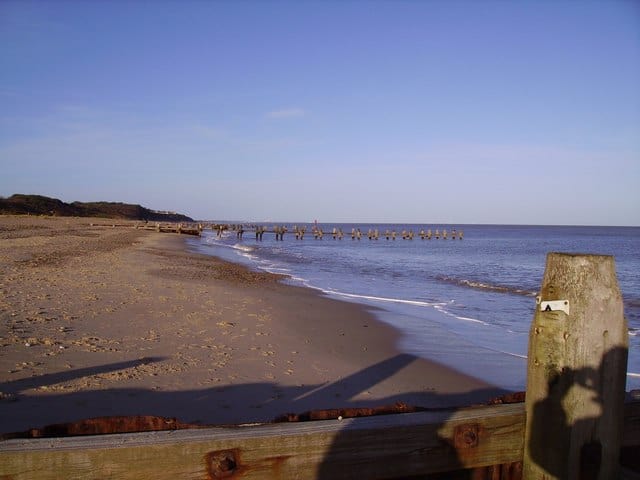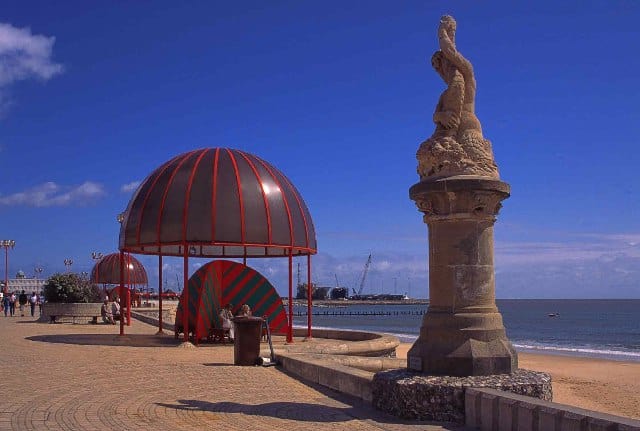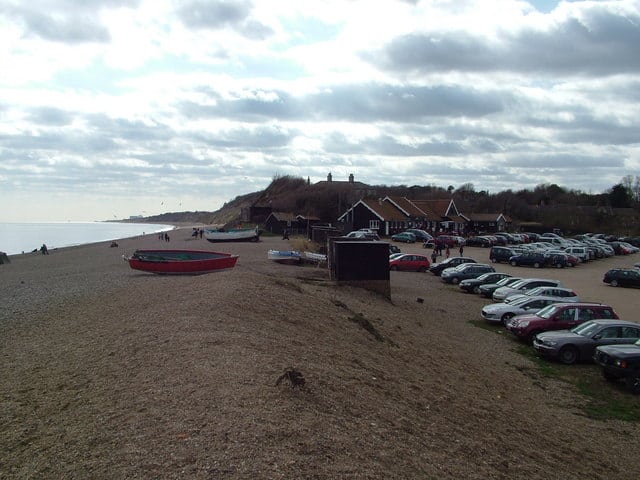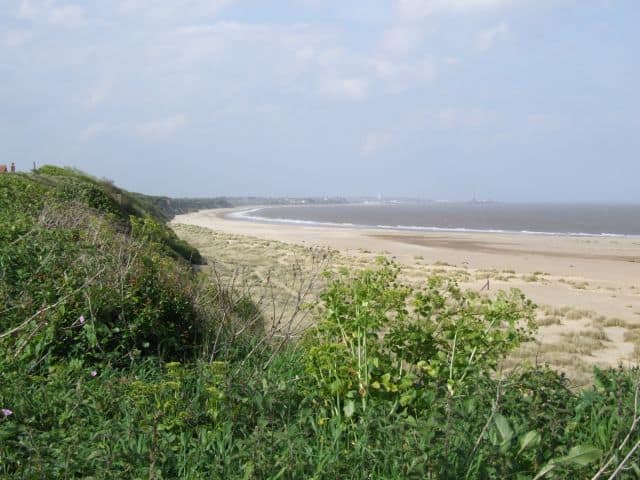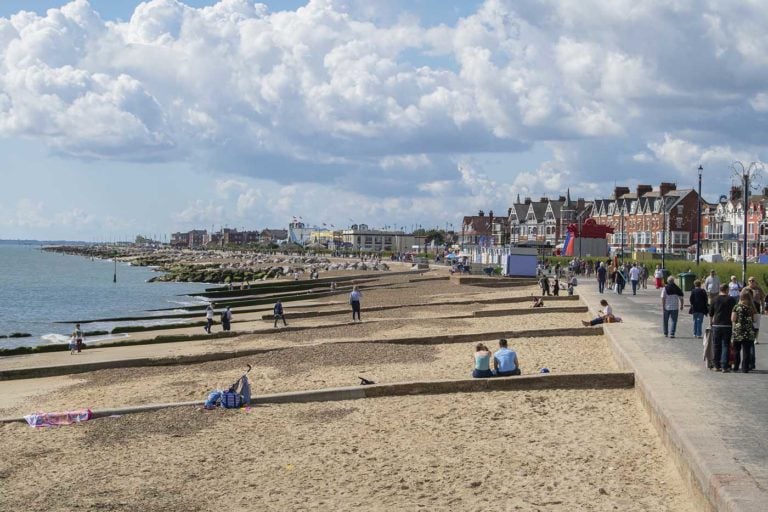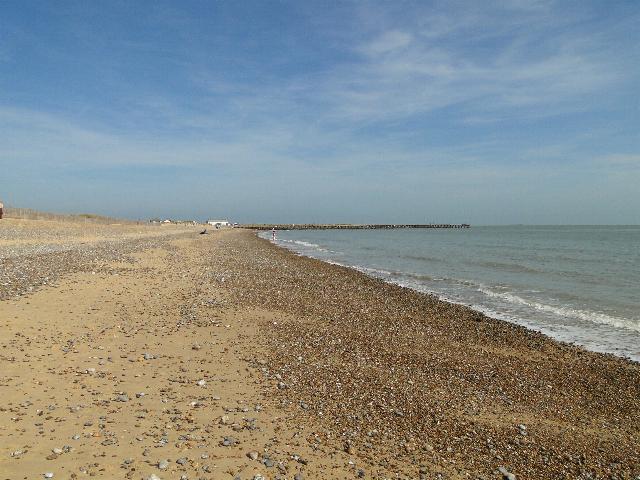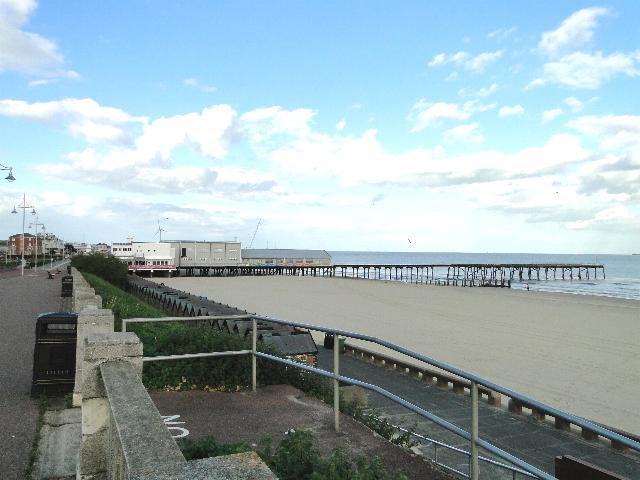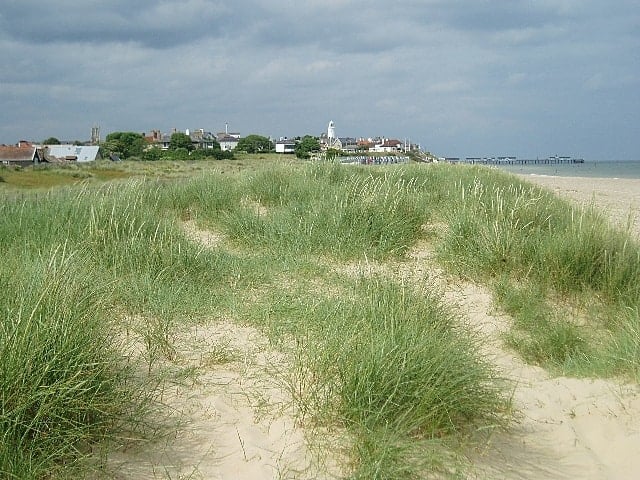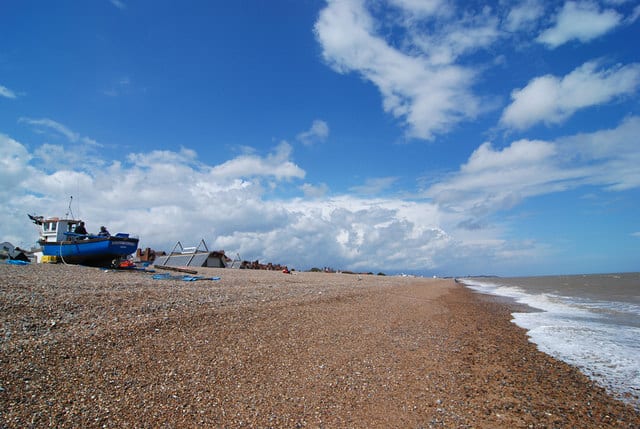Suffolk is a county in the east of England and offers a large stretch of often undisturbed coastline bounding the North Sea. Historically, Suffolk was the closest seaside destination for Londoners and has remained a popular place for those wanting to escape from the stress of urban life. Its delightful coastal towns, open sandy beaches and windswept romantic skies can offer you a fabulous spot for a holiday.
Whatever the time of year, you'll find something to love about Suffolk's ancient seaside towns and villages. Discover Southwold with its famous pier and colourful beach huts, the artists' haven of Aldeburgh or the golden sandy beaches of Lowestoft.
For nature-lovers, you'll be hard-pressed to know which way to look, so abundant is the choice! Some of the country's rarest wildlife can be found here on the Suffolk coast. Soak up the charm by taking a stroll on one of the many wide open beaches, where in Spring in particular the whole area is bursting with new life.
Walking, cycling and sailing are all popular pastimes and with the Suffolk Coasts and Heaths being a designated Area of Natural Beauty, the largely undeveloped beauty of this part of the country can be explored on foot, on a bike or by taking to the waters!
Suffolk Coast Map
Sorry, no records were found. Please adjust your search criteria and try again.
Sorry, unable to load the Maps API.
Want some ideas on where to visit?
Every favourite location must be visited for the first time. Want some ideas, why not check out the below small selection of coastal locations, including beaches, activities, things to see and do, and places to stay and eat:


